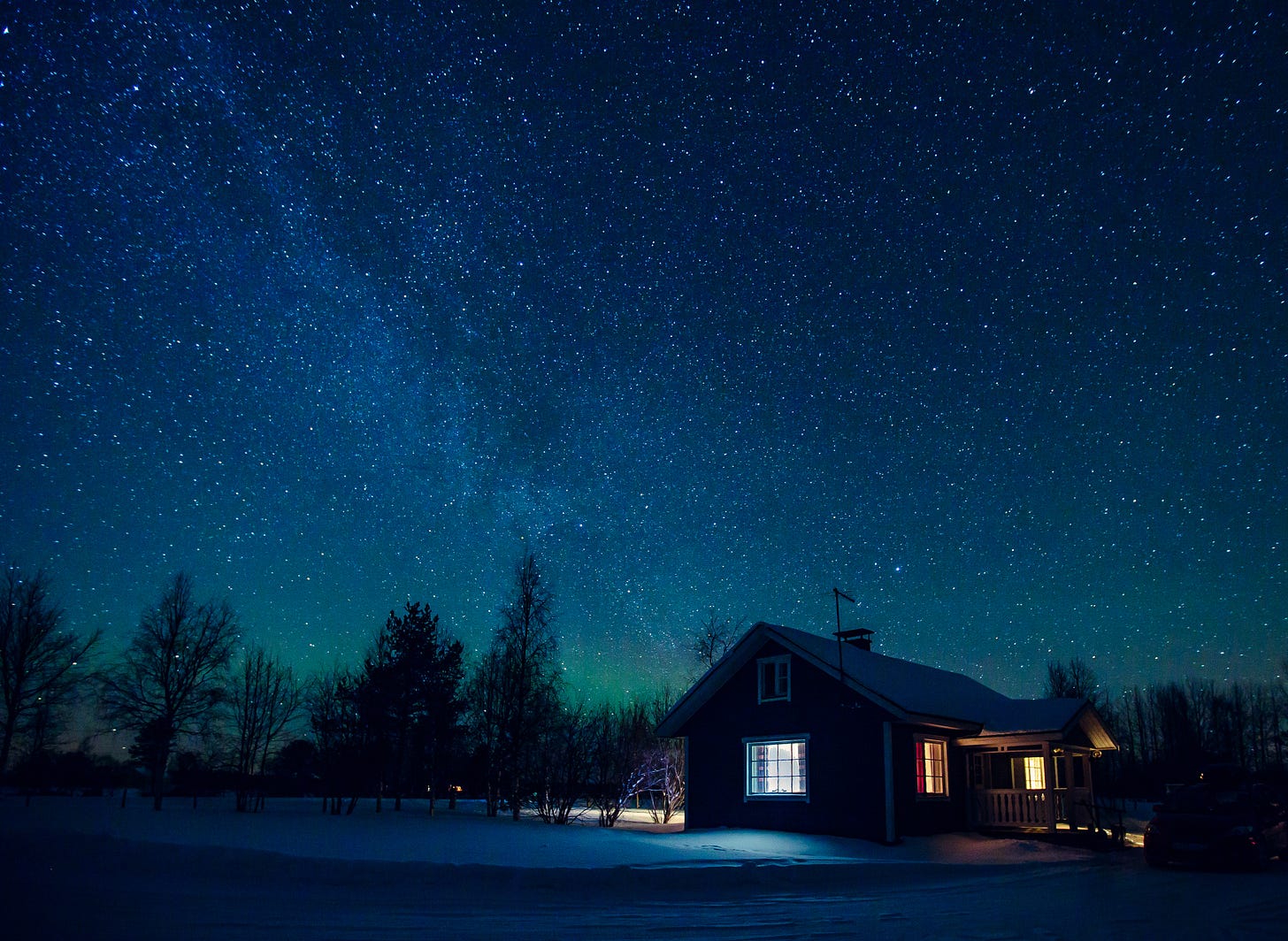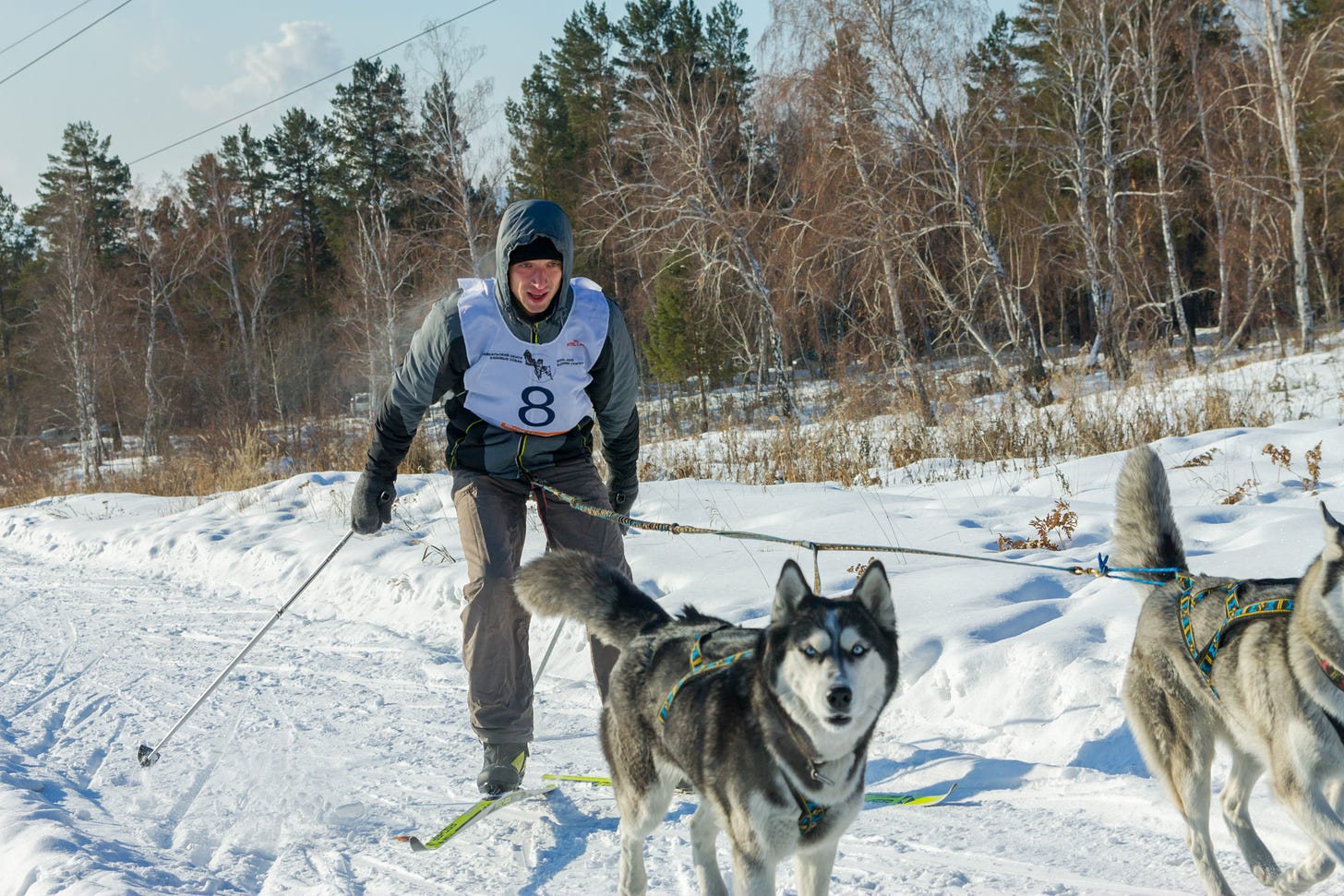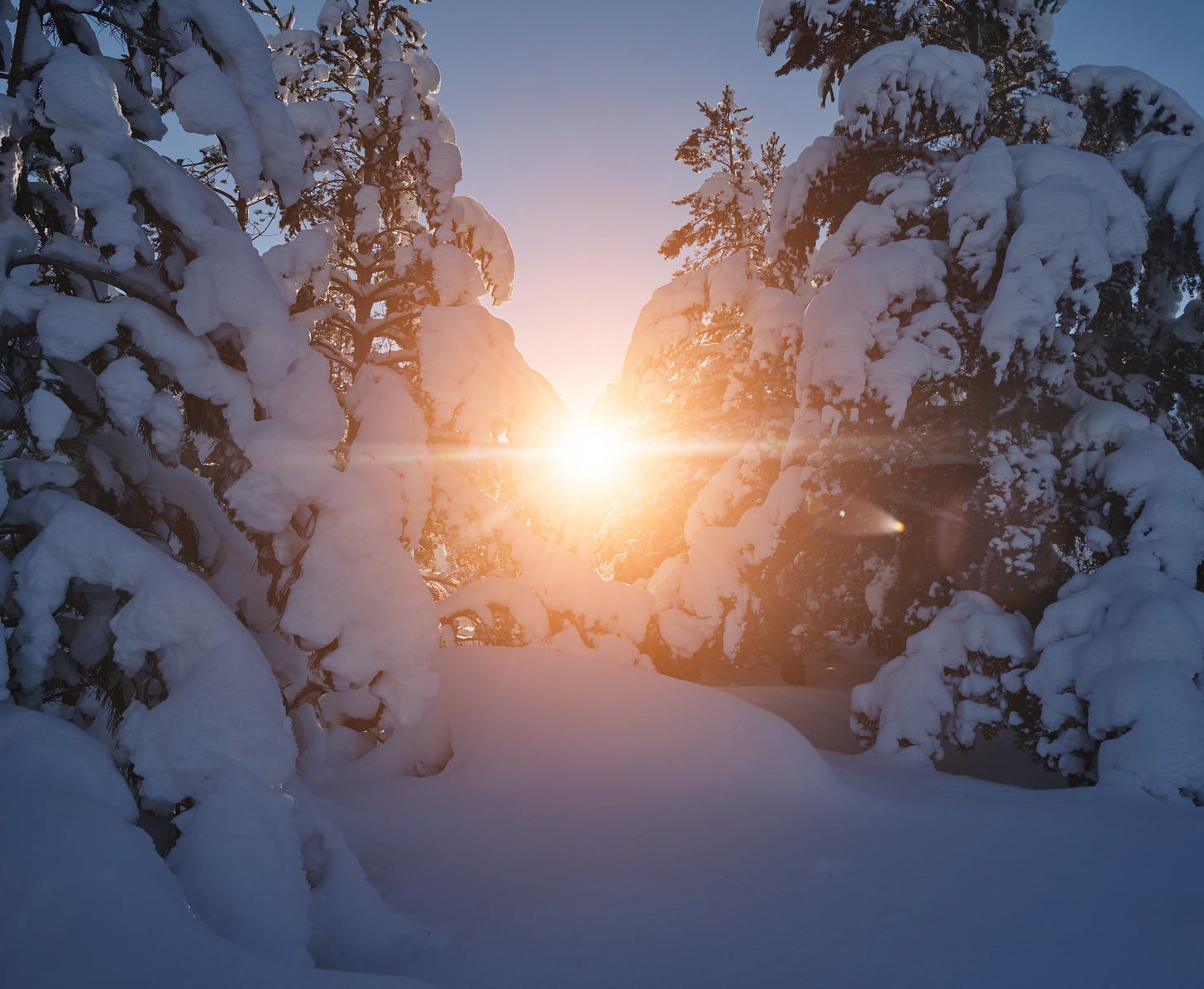The winter solstice in Alaska, a period celebrated and respected, marks the shortest day and the longest night of the year. This natural event, occurring around December 21st, is not just a calendar milestone but a profound experience for Alaskans, deeply intertwined with the state's unique geographical and cultural tapestry.
The Phenomenon of the Solstice
Alaska, known for its extreme latitudes, experiences significant variations in daylight throughout the year. The winter solstice brings with it an almost surreal experience, especially in the far north. Places like Barrow (Utqiaġvik), the northernmost city in the United States, witness a polar night, where the sun doesn’t rise for more than two months. Even in more southerly locations like Anchorage, daylight on the solstice can be as brief as 5 to 6 hours. Below is a chart of a few locations from: https://www.alaska.org/advice/shortest-day-in-alaska. Valdez where I’m at didn’t make the chart. Our sunrise is 9:58am and sunset 3: 28pm for 5hrs 30min of daylight
Cultural Impact and Celebrations
Alaskans have a unique relationship with this time of year. The scarcity of daylight influences daily life, from mood and behavior to social activities. To counter the darkness, communities across Alaska embrace the solstice with a blend of traditional and contemporary celebrations. These include outdoor festivals, bonfires, and special events at cultural centers, reflecting the resilience and adaptability of Alaskans. It might be cold and dark out but out solstice celebrations are loads of fun.
Winter Activities
Despite the shortened days, outdoor enthusiasts find joy in winter activities. Skiing, snowboarding, dog sledding, and ice fishing are popular, with the snow-laden terrains offering perfect conditions. The darkness also sets the stage for one of Alaska's most magical displays – the Northern Lights or Aurora Borealis, visible on clear nights
Coping with Limited Daylight
For those living in Alaska, coping with limited daylight during the winter months is a part of life. It requires adjustment and resilience. Alaskans often use light therapy, engage in indoor hobbies, and maintain social connections to combat the potential for winter blues. Lots of folks take Vitamin D supplements to keep their mood up. Others hop a plane for Hawaii.
The Promise of Light
The winter solstice, while marking the peak of darkness, also signifies a turning point. From this day onward, daylight gradually increases, bringing promise and anticipation for the warmer, brighter days of spring and summer. It's a cycle that Alaskans know well – a rhythm of life dictated by nature’s extremes. By the Spring Equinox most places in Alaska are gaining 5-6 minutes of daylight every day
In conclusion, the winter solstice in Alaska is more than just a day on the calendar. It's a profound part of Alaskan life, encapsulating the beauty, challenges, and resilience required to thrive in such a unique environment. As the Earth tilts back towards the sun, Alaskans embrace the coming light, always mindful of the delicate balance between darkness and daylight that defines their home.








